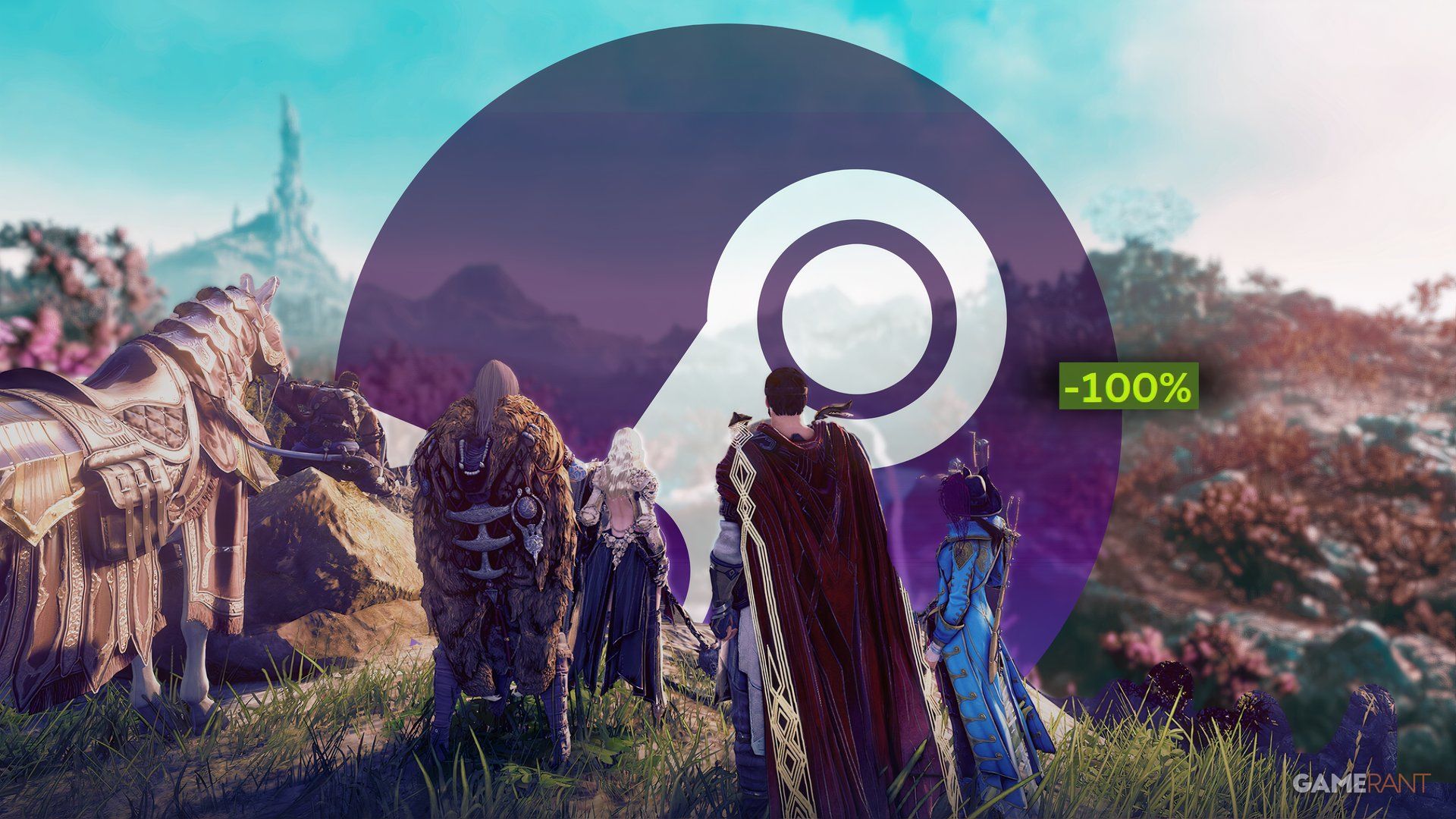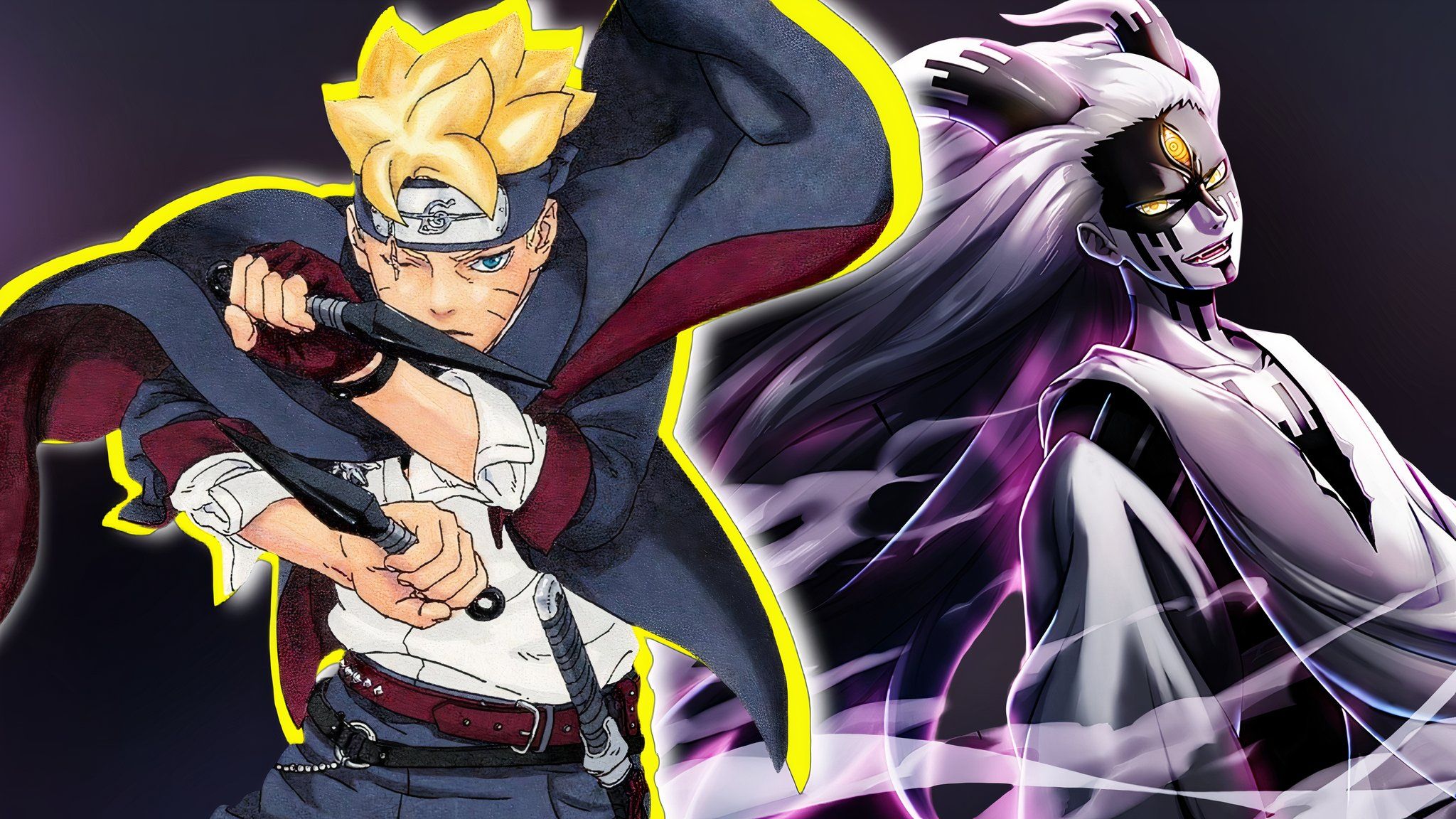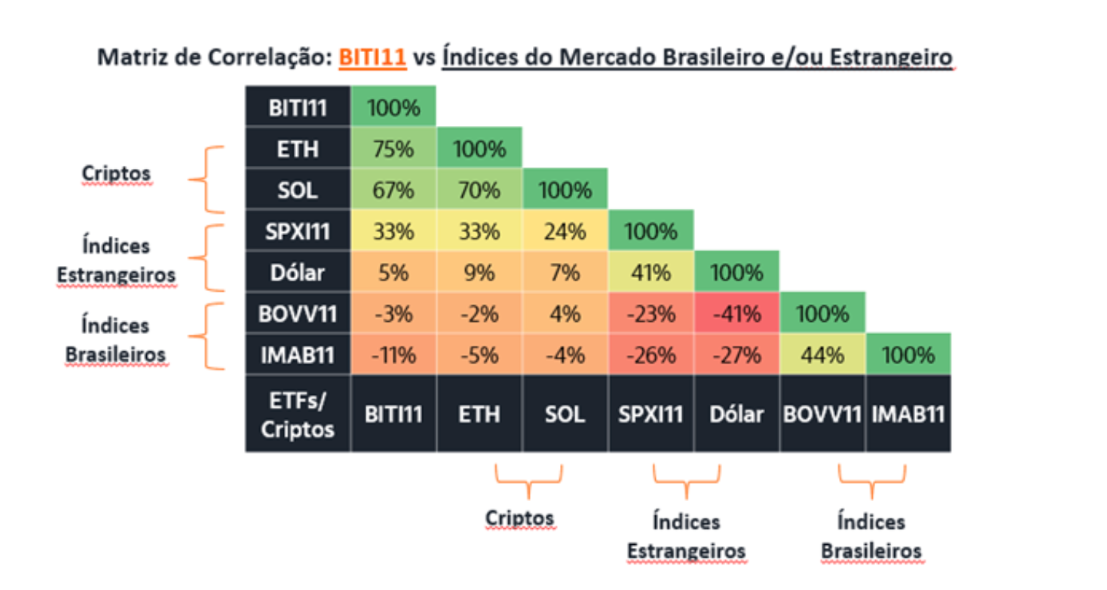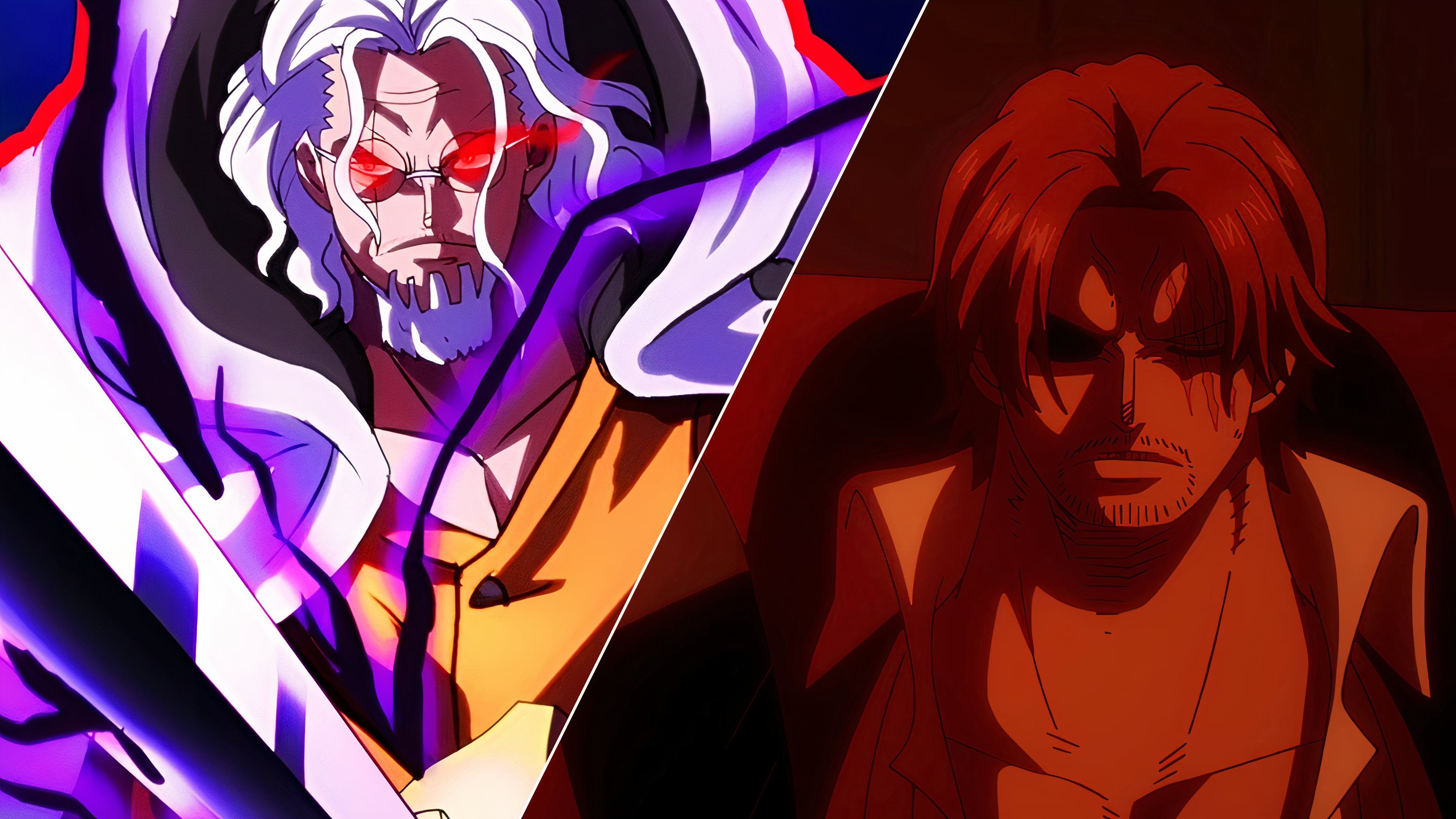Steam Users Have Until December 18 to Claim Free Open-World MMORPG

Many PC gamers are familiar with Black Desert as it’s often offered for free on Steam. Since its release in 2017, it’s been part of several promotions, and will likely be available again in the future. These free giveaways are a fantastic way for players to try out a new MMORPG without spending any money.






